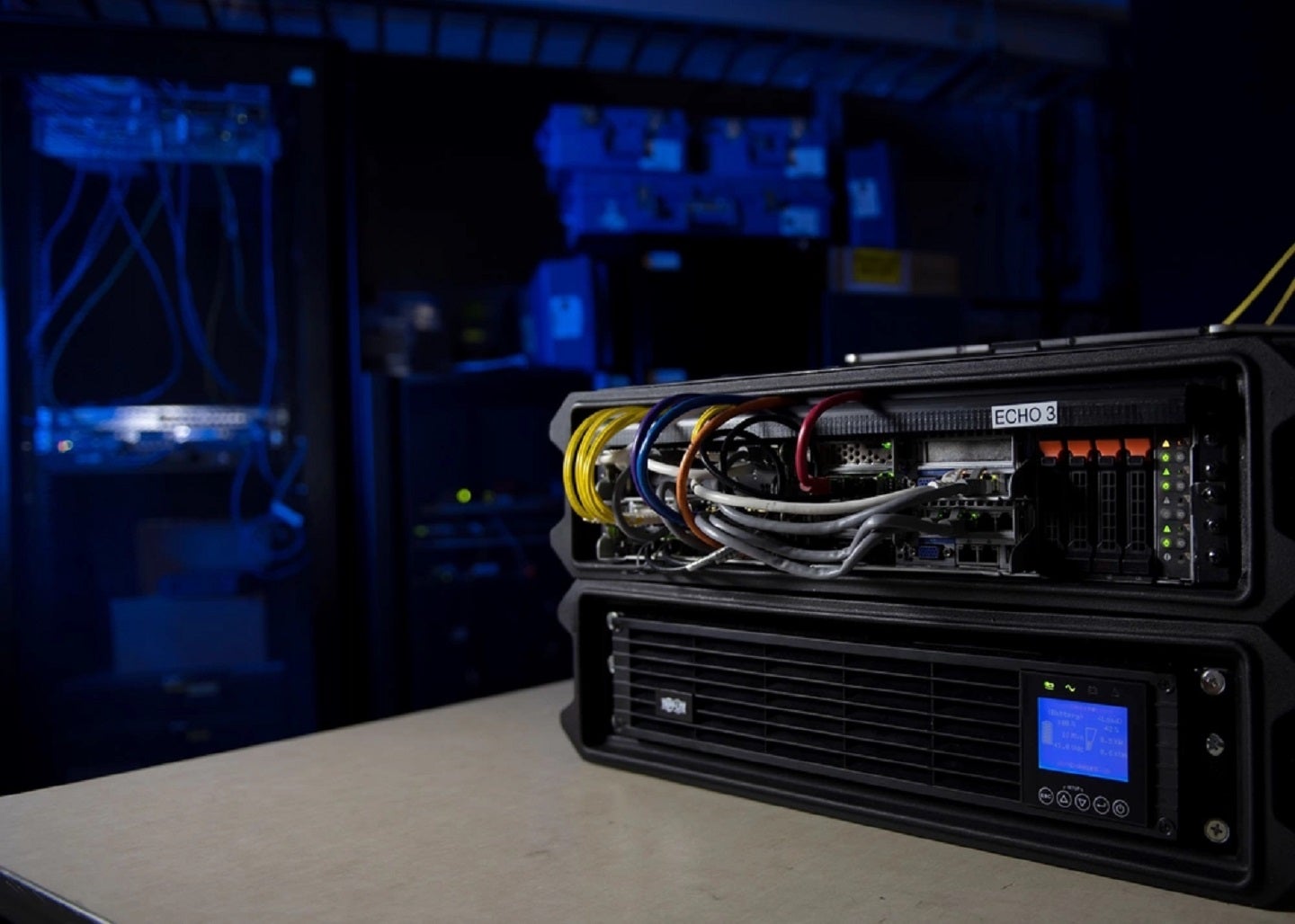
Migrating to cloud architecture is the backbone to digital transformation. The United States Air Force (USAF) seek to benefit from this open intelligence system with more rapid response times and informed military decision-making.
The fifth-generation F-35 Lightning II stealth fighter jet is an integral platform at the heart of this information-intensive environment, with its adept sensor equipment and integrated resources – where data is transferable across an open cloud architecture.
The US Department of Defense (DoD) identify the importance of this critical data infrastructure and is keen to enhance the systems they use to fulfil their technological potential. On 29 March, the DoD awarded a modified contract valued at $179m to the F-35’s original equipment manufacturer (OEM), Lockheed Martin, to increase the ceiling to provide for the ongoing development, installation, integration, training and delivery of the F-35 Autonomic Logistics Information System (ALIS) and the Operational Data Integrated Network (ODIN).
The modification continues support for the ALIS-to-ODIN transition, and more importantly, the DoD wants to modernise ALIS itself. This is a pivot in the DoD’s plan in its evolving migration to the cloud. Hitherto, the DoD has only sought the transition of its F-35 fleet from ALIS to ODIN – which the contract still pursues – but efforts have since been restricted to ODIN as a successor cloud architecture, with the eventual neglect of ALIS in the mind.
Upgrading ALIS with “software modifications” and “new capability development” marks a noteworthy change in the DoD’s new, two-pronged approach for developing both cloud architecture systems.
Their renewed faith in ALIS comes alongside another modified contract awarded to Lockheed for further development, production and sustainment of wider software builds for the F-35 fleet, which is valued at $120m.
Research and Development
The President’s FY 2024 Budget (PB24), published 13 March, stated one of the highest priorities for funding allocation in next year’s defence budget would include “a record investment in research, development, test, and evaluation (RDT&E) of $145bn”.
The DoD’s priority in funding RDT&E in the current security climate goes some way to explaining the USAF’s sudden road-to-Damascus pivot on its F-35 cloud architecture. Adapting ALIS as well as ODIN will no longer dispose of ALIS as a legacy system. This will bring about greater and more wide-ranging software capabilities available beyond the singular transition and commonality of the successor ODIN architecture.
This is affirmed by the fact that the F-35 architecture contract is primarily financed by the country’s fiscal 2023 operation and maintenance funds and the fiscal 2023 research, development, test and evaluation funds. This aligns with the country’s concern for its research and development expansion in emerging technologies the cloud.
Lacking commonality
At the same time, however, US national strategy views integrated and interoperable measures as a high priority as the superpower seeks to pool common efforts with its allies and partners to maintain a competitive edge against the People’s Republic of China; whom the PB24 describes as the “pacing challenge” in the years to come.
The problem with the DoD’s investment in both cloud-native architecture sustainment systems is that the F-35 fleet is used by militaries across the world, and the use of both may be seen to impede interoperability.
It is not the first time that the US has been accused of threatening the flow of interoperability and dialogue with its partners. In fact, the UK Defence Committee has recently published a report on 7 March detailing concerns that the US threatens the fragile communications for coordinated military strategy in its relations with the UK. Some instances of roguish behaviour cited include the military withdrawal from Afghanistan in the summer of 2021 as well as military intelligence sharing among other things.




